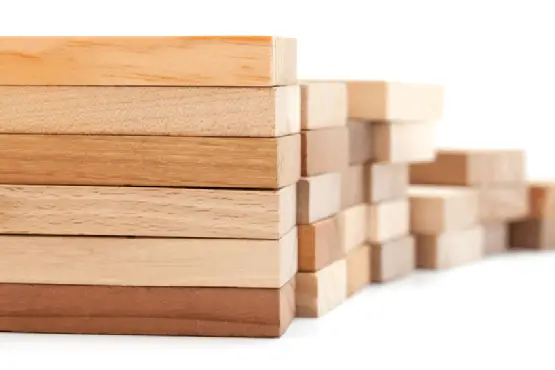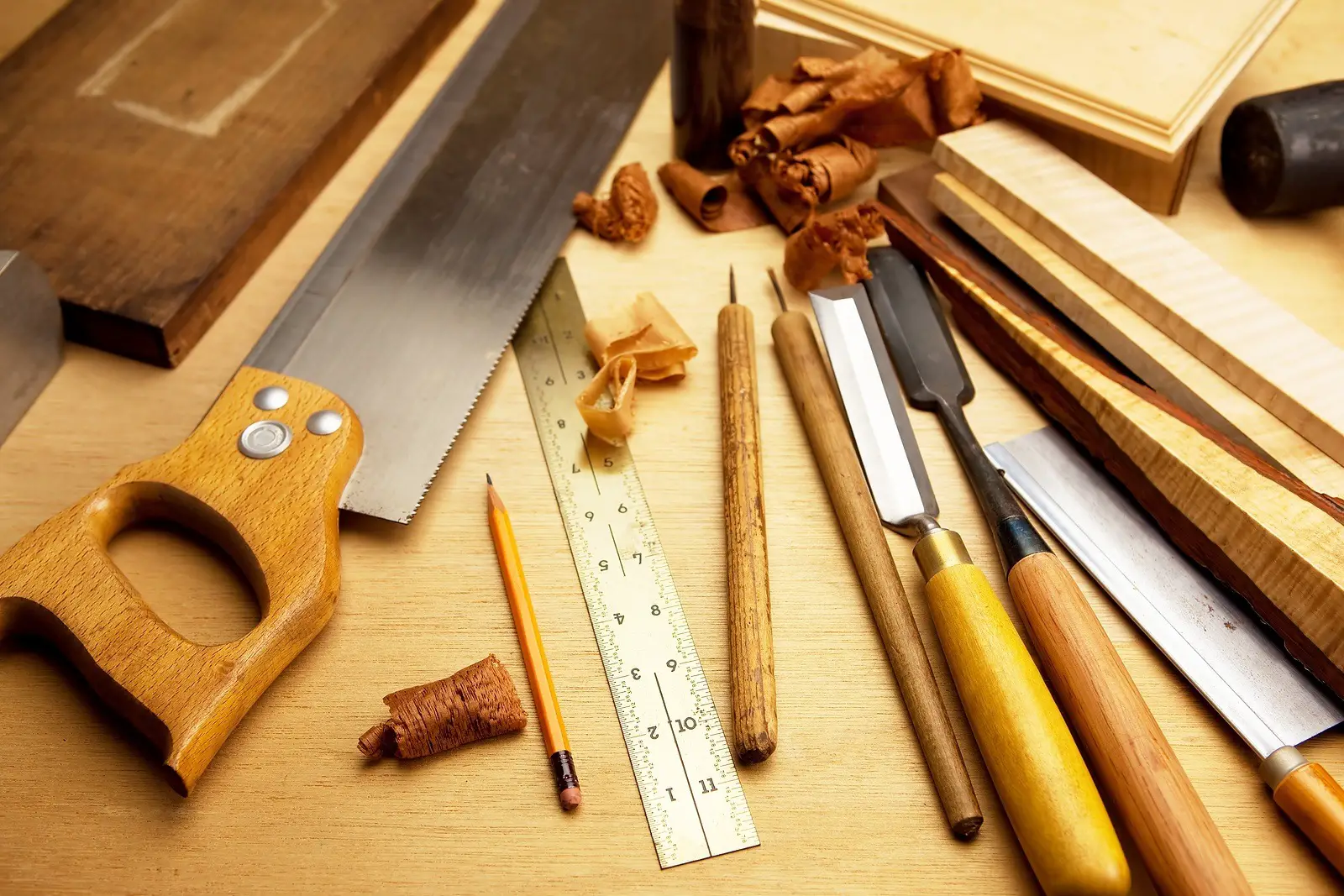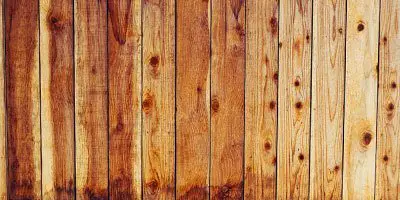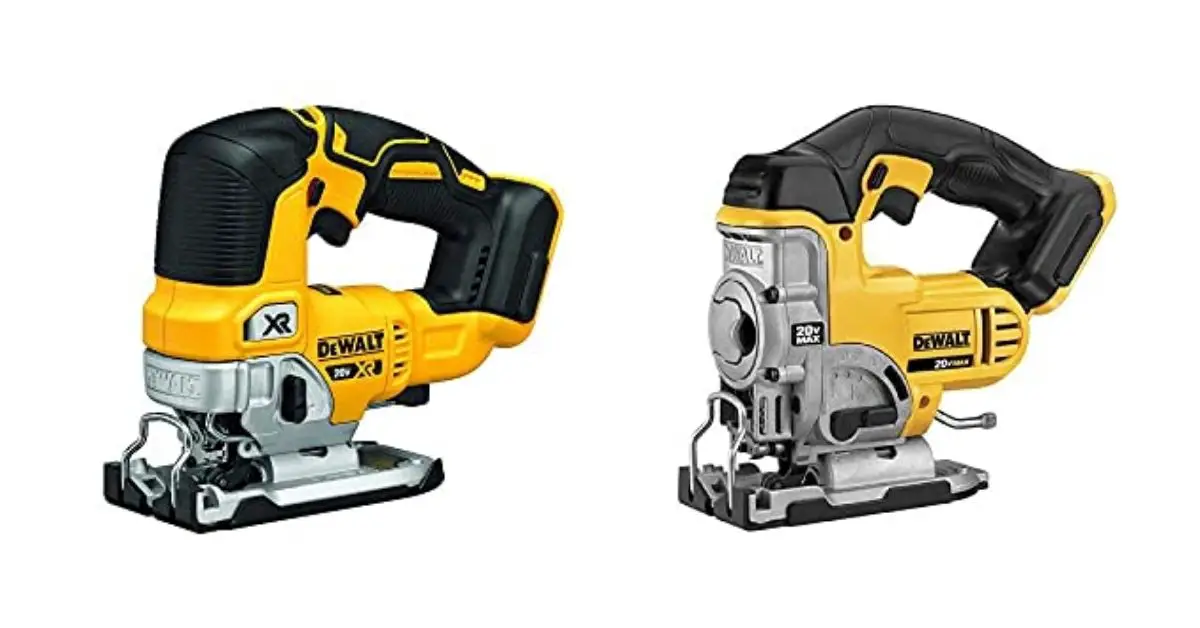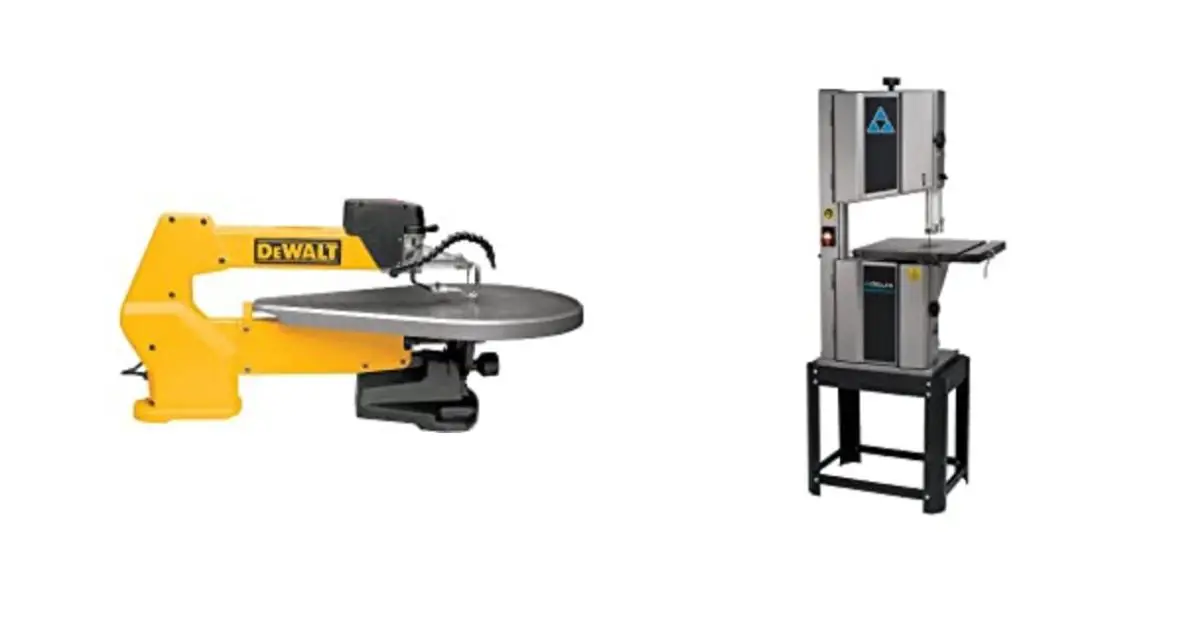Woodworking
Types of Wood for Woodworking
Visit your local home improvement store – let alone a specialty lumberyard – and there are so many types of wood for woodworking, it’s enough to intimidate the beginning woodworker.
Questions start popping into your head, such as,
“What kind of wood would be better to make a …?”,
or “I wonder what that wood looks like when it’s stained?”
Frankly, it can be a little overwhelming without some guidance. The bottom line is, none of these woods is necessarily better or worse than the others; it matters mainly what you intend to make or do with the wood.
Let’s consider six of the most common, most popular species based on the type of projects they’re best suited for. Keep in mind, this isn’t a definitive list, but more a set of guidelines to get you started in the right direction.
Our list, in this case, goes from least expensive to most expensive types. Typically speaking, when buying thicker pieces, such as stock for table legs, the more expensive the piece will be.
Wood sold by specialty lumberyards (not generally in home centers) is priced by the board foot. One board foot equals 1 inch X 12 inches X 12 inches. Hypothetically speaking, this means a less expensive wood such as pine might be sold at $1.00 per board foot, while a more expensive hardwood like oak might go for $2.00 per board foot.
Now, let’s look at the wood types themselves:
Wood Types
Pine ($)

There are well over 100 species of pine, some of the most common in woodworking being white, yellow, and ponderosa. It is a fairly soft wood, although yellow pine is slightly more durable.
Unless you’re paying for “clear pine”, the wood will have a proportionate number of knots, depending on the grade. On the extreme side, this is known as “knotty pine”. While these knots can have a certain design appeal, especially for rustic looking projects such as folk art and furniture, they do make the wood somewhat weaker. You’ll want to stay away from using highly knot-filled woods for anything structural.
Pine is a great wood for making boxes, toys, cabinets and furniture and as such is a good for woodworking for beginners. It can be carved, but tools need to be kept very sharp, especially when cutting across the grain to avoid tear-out. Is easily cut using any basic hand saw.
Poplar/ Tulip Poplar ($$)
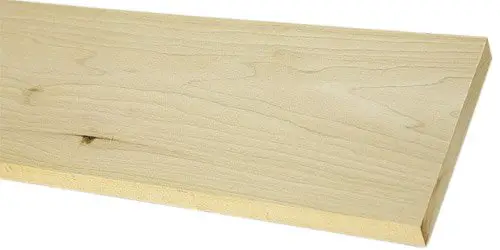
This wood is on the softer end of the scale as hardwoods go, but is beautiful to work with. It may be streaked in color, with purples, browns, and greens in the heartwood. Of course, this coloration is a matter of personal preference; many people finish the wood, depending on the project. Since it is a particularly stable wood, it is often used as secondary material in furniture. It works well for drawer sides and glides, structural members, and internal bracing in furniture where more expensive wood is used for the exterior.
Oak ($$$)
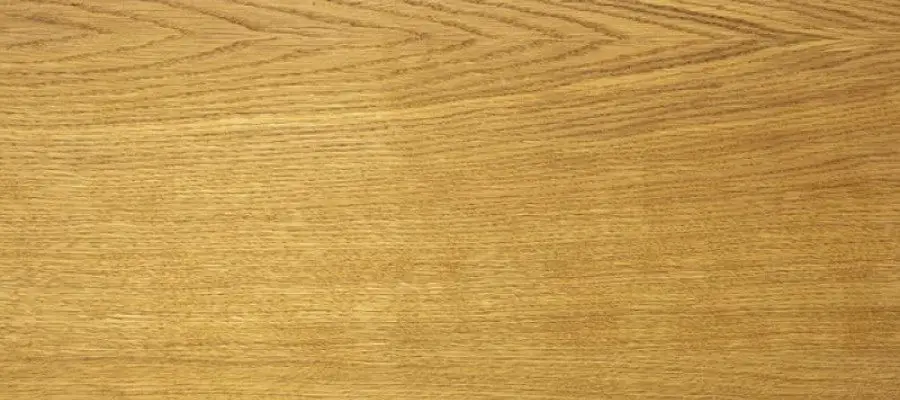
While there are many varieties of oak, the most common in woodworking are red and white, having a relatively straight, tight grain . Red oak is a popular choice among woodworkers for furniture, architectural trim work, and cabinetry. White oak is also used in furniture building, but is somewhat less available, and therefore more expensive.
It’s one of the most prevalent types of wood that was showcased in the Arts and Crafts movement of the late 19th century; white oak is still commonly used in boat building and outdoor furniture due to its greater resistance to moisture.
Maple ($$$$)
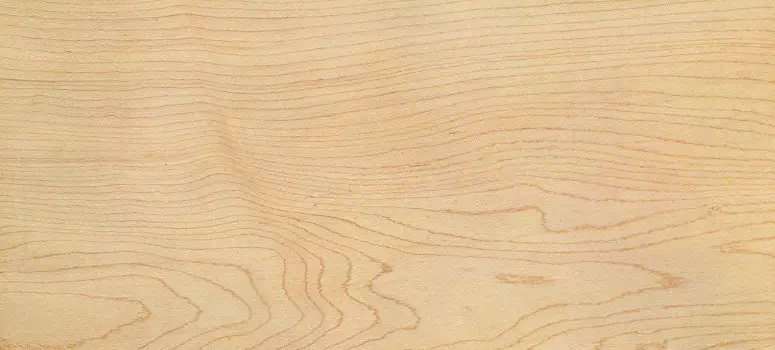
This wood is generally referred to in terms of hard or soft, although both are harder than many of the types of wood commercially available to woodworkers. Since both have typically long, straight grains, they tend to be very strong.
This wood is perfect for anything from cabinet facings, to musical instruments and cutting boards, and is even the wood of choice for basketball courts! There are many secondary varieties, which are truly just aesthetic variants occurring in nature. Among these are quilted maple, flame maple, bird’s eye maple, and spalted maple.
Cherry ($$$$$)

While not usually as hard as maple, cherry is one of the more popular woods for fine woodworking and furniture building. It generally has a tight grain and is good for carving.
This wood lends a good, classic look to any project, takes finishes and stains well, and develops a very nice patina with age. Since this wood tends to be higher in demand, it can be somewhat more expensive than other woods.
Mahogany/Honduras Mahogany ($$$$$$)

This is one of the world-class species for fine woodworking, good for carving and shaping with fine details. It takes finishes well, particularly oil, and is highly weather resistant. Look at many of the antiques on the market today, and you’ll see its widespread use.
The beauty and durability of mahogany was demonstrated by boat builders such as Chris-Craft and Hacker in the early 20th century. There are several biologically related species referred to as mahogany. These other species are, in fact, less dense, meaning they’re more susceptible to rot if used in outdoor applications. It’s unfortunate that this wood is becoming more and more scarce due to the lack of sustainable farming.
Others
There are thousands of species of trees worldwide: coloration, pattern, desired hardness (or softness) are just a few of the considerations. Keep in mind that with more exotic woods, any restrictions placed on harvesting, sustainability in farming, cost of shipping internationally, and other factors affecting scarcity can drive up the cost.
Woods such as cocobolo, wenge, bubinga, zebrawood, purpleheart, sapele, and others can add great interest to your projects as accent woods even when purchased in small amounts.There are a multitude of woods available for virtually any project, it just depends on what you want to do. Beech for example can be used a biscuits for use with a biscuit joiner.
These are just some of the more popular species, and by no means a complete list. Don’t let cost be your only deciding factor when making a selection. By doing a little exploring, you can find the perfect wood for what you want to make. Now get out there, ask questions, and start building!

